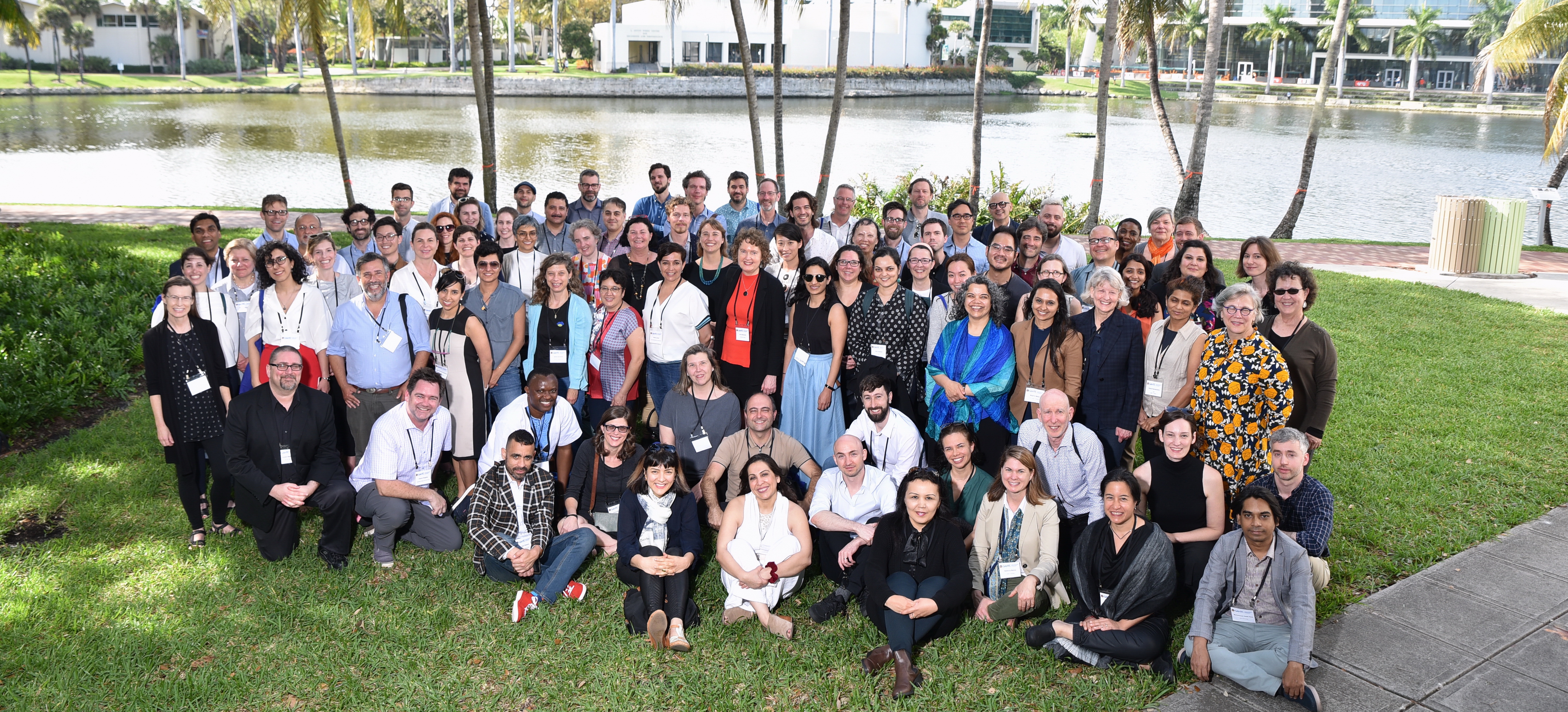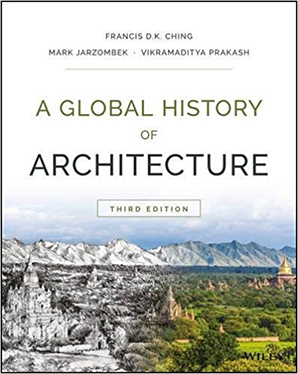
About GAHTC
The GAHTC is a digital humanities project housed in the Department of Architecture at MIT. I was co-founded by Mark Jarzombek (MIT) and Vikram Prakash (University of Washington), and is managed by Eliana Abu-Hamdi (MIT) along with five board members.
Phase one of the Global Architectural History Teaching Collaborative (2013-2016) supported the creation of a community of scholars from around the world committed to infusing a global perspective into the academic preparation of the next generation of architectural historians. We attracted members from the US, Europe, Canada, Peru, Australia, India, China, Turkey and South Africa and hosted two conferences, in Boston and Chicago, with 50 and 65 registered attendees respectively. The rapid growth of our organization, not anticipated in the original planning of GAHTC,is a testament to the timeliness of the effort and the depth of interest in GAHTC’s teaching resources.
The ambition of the GAHTC is to address the needs of educators in diverse disciplinary contexts by providing practical lecture materials for teaching global architectural history at the survey and introductory level. This effort does not preclude more advanced level education, but the main purpose of the GAHTC is to transform the discipline 'from below'—to help guide the discourse of architectural history by reshaping its teaching at the survey level. Instead of waiting for advanced scholarship to trickle down into the realm of teaching, which is the usual expectation, we want to empower the teachers — particularly those at institutions where teachers are given fewer teaching resources — to be part of a state-of-the-art teaching community. Teaching materials produced by our members for GAHTC emphasize transnational and trans-geographical perspectives, providing alternatives to architectural and art history courses organized by nation-based or style-based categories such as ‘Italian', 'French', 'Chinese' and 'The Renaissance'.
The Core Mission of GAHTC III is to Continue to curate our library content by focusing on Targeted Acquisition Grants and Untargeted Field Initiated Grants. We will also continue to build a robust and accessible Website. In addition we will work to continue to build our community by hosting a Members's Conference and funding "Mini-Grants" (Global Connections Fellowships and Teacher-to-Teacher Workshops). Finally we will continue to build our connections with disciplinary associations in the field.
The Global Architectural History Teaching Collaborative lecture library now has over 300 lectures on its free, teacher-to-teacher platform and continues to grow as scholars from all over the world join the GAHTC, and contribute their research, helping the collaborative to thrive.
GAHTC is generously funded by The Andrew W. Mellon Foundation, the GAHTC will dedicate its newest grant of a $1 million to promoting the development of survey course material in the history of architecture, thus strengthening its position within humanities teaching, while also sponsoring teacher-to-teacher conversations that support pedagogy with a global perspective. Information on grants can be found here.
The Origins of GAHTC
GAHTC had its origins in informal conversations between Mark Jarzombek and Vikramaditya Prakash, while they were at work on the second edition of A Global History of Architecture (Ching, Jarzombek, Prakash; Wiley 2006, 2010). The purpose of that textbook, which was organized by time-cuts rather than, for example, nation-states or regions or styles, was to offer a framework for instructors in breaking free of the Eurocentric canonical categories that structure the current historiographical narrative. After the publication of the first edition, it became clear that the problem was not just which material to include, but also the deep-seated uncertainty of teachers in presenting this material. This was a problem particularly for junior faculty who are just starting their teaching careers, most of whom had limited exposure to the larger world of history outside of their Ph.D. preparation. And yet, these people were often tasked with preparing and presenting material that, however interesting, appeared strange and daunting to them, since it lay outside the zone of familiar 'research'. The solution for many teachers was to simply add in a lecture or two encompassing 'non-western' material. Another problem entailed the continuing dominance of modernism in histories of architecture; if one looks at the existing body of research in architectural history, one might think that all known history about architecture is confined to the last two hundred years.

What is needed, consequently, is not so much a discussion about how to teach the students, but how to teach the teachers. To do that, we came up with the idea of a special forum where teachers could self-produce ready-to-teach, lecture materials, which they could then share with each other, and in the process, take the ghost out of the global perspective. That is how the idea of GAHTC was born--as a free, online resource of global architectural history teaching materials created and curated by a collaborative of teachers.
To revise and enrich the global survey, what is needed is not the slow march of traditional research but rather a rapid-response mechanism that could deal directly with the crisis of teaching within an expanded field.
The ambition of the GAHTC is to address the needs of educators in diverse disciplinary contexts by providing practical lecture materials for teaching global architectural history at the survey level. This effort does not preclude more advanced level education, but the main purpose of the Collaborative is to transform the discipline 'from below'—that is, to help shape the discourse of architectural history by reshaping its teaching at the survey level. Teaching materials produced by the GAHTC will emphasize trans-national and trans-geographical perspectives, providing alternatives to architectural and art history courses organized by nation-based or style-based categories such as Italian', 'French', 'Chinese' and 'The Renaissance'.
Phase 1 of the GAHTC supported the collaboration of a community of scholars from around the world committed to infusing a global perspective within the academic preparation of architectural historians. It attracted 98 members from the USA, Europe, Canada, Peru, Australia, India, China, Turkey and South Africa and hosted two conferences, in Boston and Chicago, with 50 and 65 registered attendees each. A third members’ conference in Seattle united 90 participants. The rapid growth of the organization, not anticipated in the original planning of GAHTC, is a testament to the timeliness of the effort and the breadth of the interest in GAHTC’s resources.
With the success of the GAHTC1 (2013-2016), we realized not just the viability of the project, but even more importantly, the enormous scale of the problem. For that reason, GAHTC2 (2016-2019) was designed to be even more proactive in helping teachers develop curriculum.
As the GAHTC has developed, so too has the core impetus behind its inception. The third edition of A Global History of Architecture (Ching, Jarzombek, Prakash; Wiley, 2017) has just been published. It features full color and longer narratives telling better global stories.
Support
The GAHTC is funded by the Andrew W. Mellon Foundation, with administrative connection to MIT's School of Architecture and Planning and its History Theory and Criticism Program.


